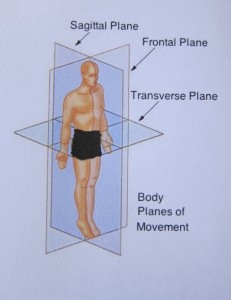Recovery after a great game of your chosen sport or a gym session is as important as the activity. Today I’m going to outline some common recovery methods and the rationale for using them.
Rehydrate & Refuel
After a game or workout eat and drink carbohydrates and protein, particularly high glycemic index carbs and recovery sports drinks (not for those who are on a weight loss mission). The first hour after exercise is the best time to provide the body immediately with nutrients it requires to recover and replenish the glycogen stores consumed during the match or activity.
The rule of thumb for water is to drink I litre of water for every 25 kg of bodyweight plus 1 litre for every hour of exercise. You should also cool down with activities including walking, cycling, and stretching as this aids the recovery process by moving the waste products such as lactic acid out of your muscles.
Hydrotherapy
This can be done either by contrast shower of hot and cold or cold bath with hot shower, alternate for 1 minute of hot with 30 seconds of cold and repeat 2-3 times, this promotes neural recovery.
Self Massage
Move your body utilising all the muscles starting with either lower or upper body movements. Self massage is simple to do for example using shaking movements for all parts of your body will enhance neuromuscular recovery. Specifically some of the benefits include:
- Calms and or stimulates the nervous system
- Improves delivery of oxygen and nutrients to cells
- As mentioned above speeds up the removal of metabolic waste
- Prevents and relieves stiff and aching muscles
Cryotherapy
Icing and the use of cold baths can assist in the treatment of injuries, knocks received during a game or exercise. Cold bath temperatures are between 5-15 celsius and the trick is to completely immerse your moving body for 5-7 minutes in duration. It’s important that you move to allow the removal of blood from constricted blood vessels which in turn allows fresh blood to return to the muscles assisting recovery.
Relaxation
This will vary between individuals but includes reading, listening to music, watching a movie, engaging in hobbies and so forth. Relaxation will facilitate physiological recovery and will also help the athlete or gym goer with sleep- which is another vital ingredient for recovery both physical and psychologically, something that warrants further clarification in a future blog.
As always please make sure that you exercise caution when trying any of the above recovery techniques with exception of relaxation as this can never be overdone, if unsure please consult your health and fitness professional.
Zol
Fitness Moves

